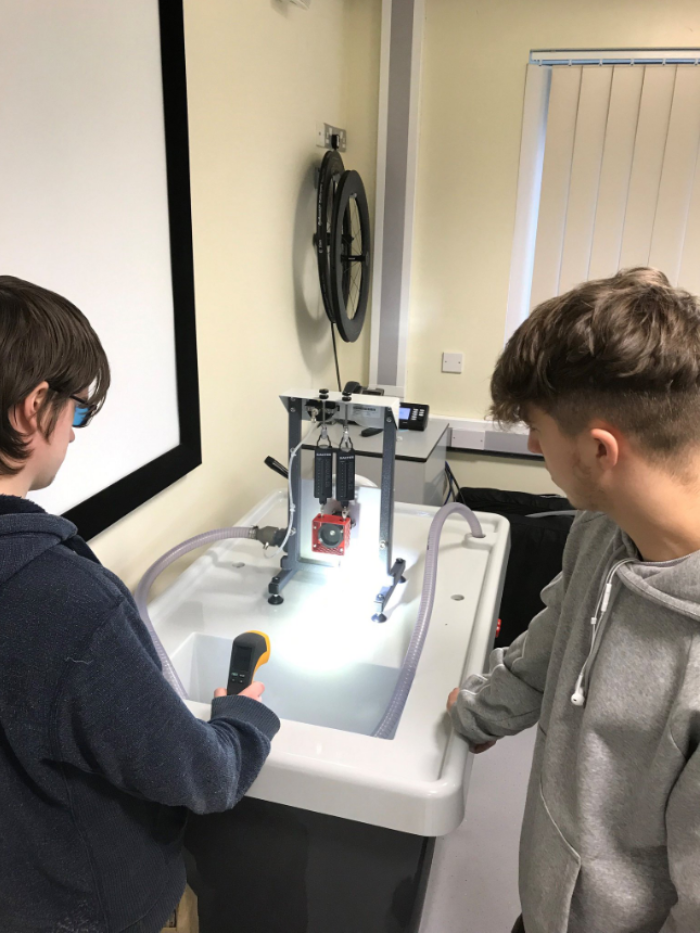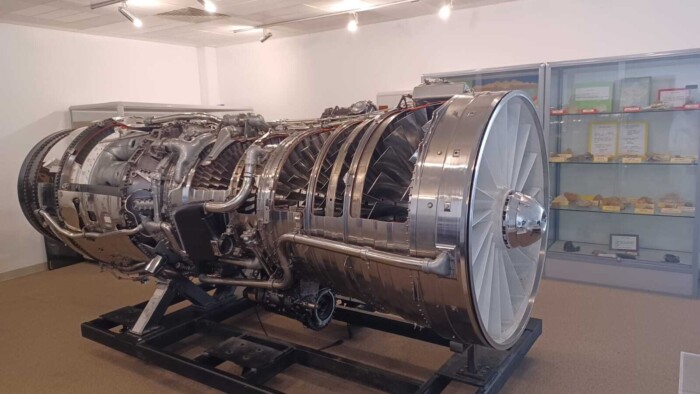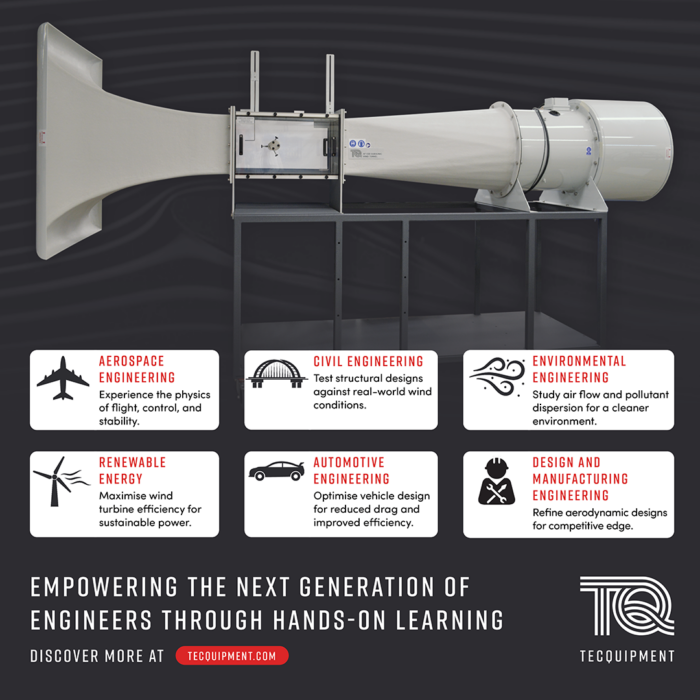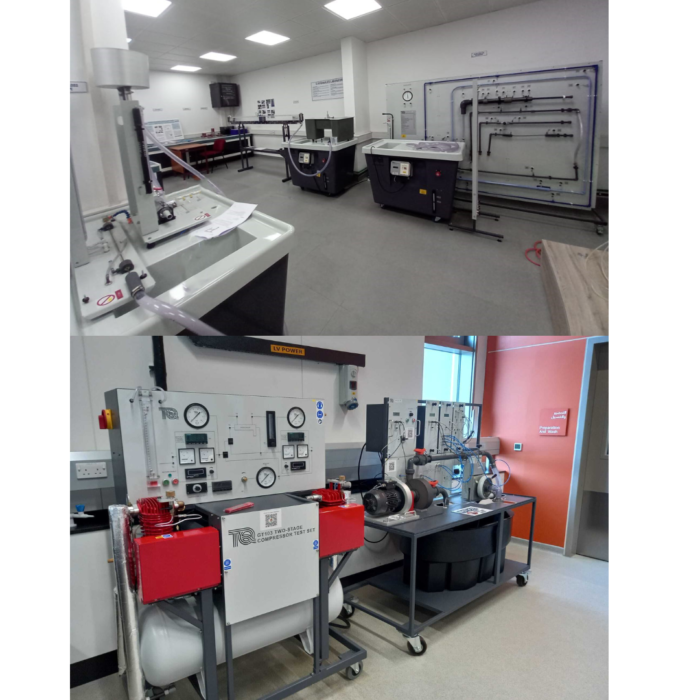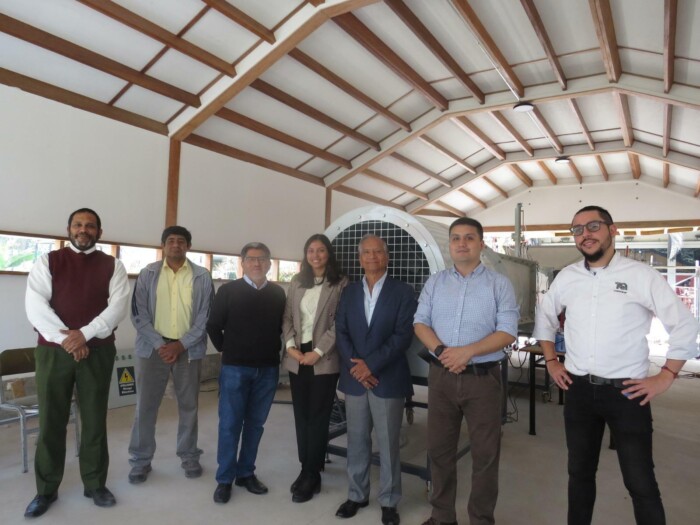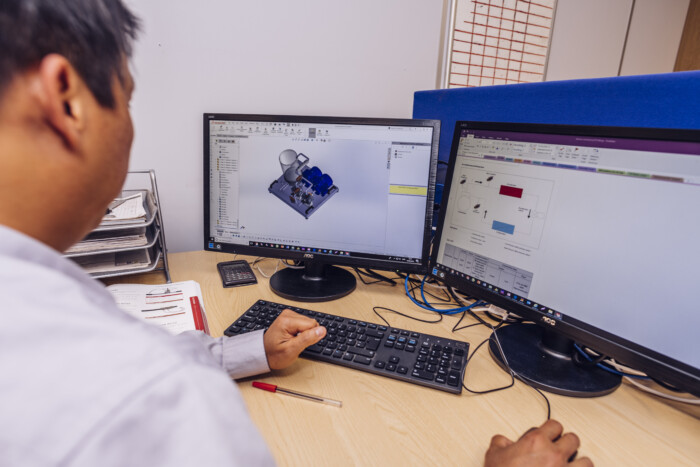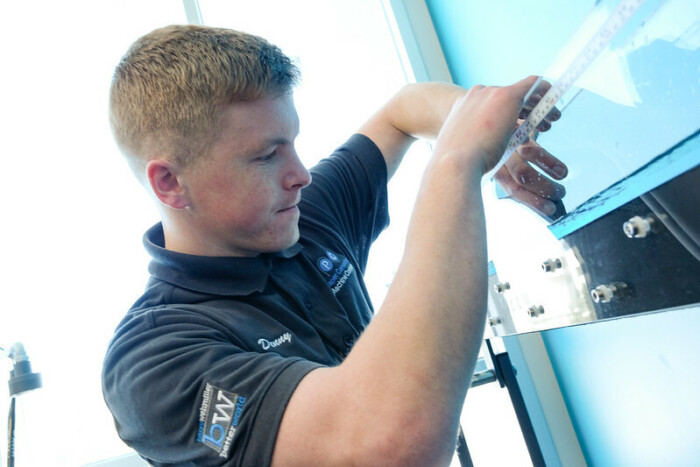S
Screw Jack: A screw jack is a simple machine. It is used to lift cars or heavy automobiles. The distance between two consecutive thread is known as pitch of screw.
Scotch Yoke: A reciprocating mechanism, to convert a linear motion of a slider into a rotational motion and vice versa. Also known as slotted link mechanism.
Secant Method: In numerical analysis, the secant method is a root-finding algorithm that uses a succession of roots of secant lines to better approximate a root of a function f. The secant method can be thought of as a finite-difference approximation of Newton's method.
Seebeck Effect: The temperature difference between two electrical conductors or semi-conductors to produce a voltage difference between two substances.
Second Moment of Area: is defined as the capacity of a cross-section to resist bending.
Shear Force: In solid mechanics, shearing forces are unaligned forces pushing one part of a body in one specific direction, and another part of the body in the opposite direction. When the forces are colinear (aligned into each other), they are called compression forces. An example is a deck of cards being pushed one way on the top, and the other at the bottom, causing the cards to slide. Another example is when wind blows at the side of a peaked roof of a house - the side walls experience a force at their top pushing in the direction of the wind, and their bottom in the opposite direction, from the ground or foundation.
A force acting in a direction that's parallel to (over the top of) a surface or cross section of a body.
Shear Centre: is a point on the beam-section where the application of loads does not cause its twisting. The shear centre position is dependent on the cross-section of the beam. For instance, shear centre and centre of gravity are the same in a symmetrical section, but it may not coincide with the centroid in case of an unsymmetrical cross-section
Shear Modulus: In materials science, shear modulus or modulus of rigidity, denoted by G, or sometimes S or μ, is a measure of the elastic shear stiffness of a material and is defined as the ratio of shear stress to the shear strain.

Shock Wave (aerodynamic): is a type of propagating disturbance that moves faster than the local speed of sound in the medium. Like an ordinary wave, a shock wave carries energy and can propagate through a medium but is characterized by an abrupt, nearly discontinuous, change in pressure, temperature, and density of the medium.
Simplified Cable Theory: uses mathematical models to calculate the electric current (and accompanying voltage) along passive neurites, particularly the dendrites that receive synaptic inputs at different sites and times.
Sommerfeld Equation: is an eigenvalue equation describing the linear two-dimensional modes of disturbance to a viscous parallel flow. The solution to the Navier–Stokes equations for a parallel, laminar flow can become unstable if certain conditions on the flow are satisfied, and the Orr–Sommerfeld equation determines precisely what the conditions for hydrodynamic stability are.
Sonic Velocity: is the velocity of sound in a fluid (a gas/vapor). It is a maximum that can be achieved by a compressible fluid.
Southwell’s Method: is a graphical method of determining experimentally a structure's critical load, without needing to subject the structure to near-critical loads. The technique can be used for non-destructive testing of any structural elements that may fail by buckling.
Spur Gears: are the simplest type of gear. They consist of a cylinder or disk with teeth projecting radially. Viewing the gear at 90 degrees from the shaft length (side on) the tooth faces are straight and aligned parallel to the axis of rotation. Looking down the length of the shaft, a tooth's cross section is usually not triangular.
Spring Rate: Spring rate, also known as spring constant, is the constant amount of force or spring rate of force it takes an extension or compression spring to travel an inch of distance or, in the metric system of measurement, a millimetre of distance. The units of measurement of rate in the English System are, lbf/in (pounds of force per inch) or N/mm (newtons per millimetre) in the Metric System
Steam:
Motor: A form of steam engine used for light locomotives. A form of steam engine found in light locomotives.
Saturated: A form of steam where the water is just above the boiling point.
Strain:
Gauge: A device to measure the strain of a material or structure at the point of attachment.
Stanton Number: is a dimensionless number that measures the ratio of heat transferred into a fluid to the thermal capacity of fluid.
Static Friction: a force that hinders the movement of an object moving along the path.
Static Balancing: When a part is statically balanced, the centre of gravity is on the axis of the rotation. This means the part will stay stationary at a horizontal axis, without the application of braking force. It also has no tendency to rotate due to the force of the gravity.
Stefan Boltzman Constant: the constant of proportionality in the Stefan–Boltzmann law: "the total intensity radiated over all wavelengths increases as the temperature increases", of a black body which is proportional to the fourth power of the thermodynamic temperature.
Stirred Vessel: A device with impellers which rotates to a liquid at different speeds.
Stroboscope: An instrument for determining the speed of rotation by shining a bright light at different intervals, so that a moving or rotating object appears stationary.
Subsonic: relating to or flying at a speed or speeds less than that of sound.
Supersonic: relating to a speed greater than the speed of sound in a given medium, especially air.
Super Critical Flow: is a flow whose velocity is larger than the wave velocity.
Superheat: the difference between the actual temperature of the refrigerant vapor and the saturation temperature of the refrigerant at that same point.
Subcooling: refers to a liquid existing at a temperature below its normal boiling point.
S-N Curve: also known as a Wöhler curve plots applied stress (S) against component life or number of cycles to failure (N). Engineers use this method to determine the fatigue life of a material. In materials science, fatigue is the weakening of a material caused by cyclic loading that results in progressive, brittle, and localized structural damage.
T
Tachometer: An instrument measuring the rotational speed of a shaft or a disk within a motor or another machine.
Tensile Testing: Fundamental testing on different materials in a controlled sample. The testing is generally used to identifying mechanical characteristics of isotropic materials.
Thermal Inertia: property of a material that expresses the degree of slowness with which its temperature reaches that of the environment’. However, the definition that probably best expresses the effects it causes in an enclosure is the ‘capacity of a material to store heat and to delay its transmission.
Thermodynamic Cycle: consists of a linked sequence of thermodynamic processes that involve transfer of heat and work into and out of the system, while varying pressure, temperature, and other state variables within the system, and that eventually returns the system to its initial state.
Thermoelectric: Producing electricity at different temperatures.
Torsiometer: An instrument to determine the torque on a shaft by measuring the amount of twists in a given shaft.
Turbine:
Francis: It is an inward-flow reaction turbine that combines radial and axial flow concepts and most commonly used in water.
Pelton wheel: A turbine which extracts energy from the impulse of moving water, as opposed to water’s weight.
Propeller: A form of hydraulic turbine using an axial-flow propeller rotor.
U
Universal Coupling: A universal joint (universal coupling, U-joint, Cardan joint, Spicer or Hardy Spicer joint, or Hooke 's joint) is a joint or coupling connecting rigid rods whose axes are inclined to each other, and is commonly used in shafts that transmit rotary motion.
V
Velocity Profile: The shape of the velocity curve across any given section.
Venturi:
Flume: An open flume with a constricted flow which causes a drop in the hydraulic grade line, creating a critical depth. Used in flow measurement of very large flow rates.
Meter: An instrument to measure flow using a converging section of a pipe to give an increase in the velocity flow and a drop in pressure from the flow rate can be deduced.
VDAS (Versatile Data Acquisition System): An in-house developed software and hardware system created by TecQuipment to operate with TecQuipment products to maximise learning potential by allowing you to gather, record and analyse experiment data from VDAS enabled experiments from TecQuipment.
Vickers Hardness Test: A hardness test for metals in which a 136-degree diamond pyramid is pressed into the surface of a metal with a load of 5kg to 120kg.
W
Water Hammer: A pressure surge/wave caused by a liquid or gas, causing a sudden change in momentum. This can cause pipes to collapse and noises and vibrations within the pipes.
Wake: The region of recirculating flow immediately behind a moving or stationary blunt body, caused by viscosity, which may be accompanied by flow separation and turbulence.
Watt’s Straight Line: a type of mechanical linkage invented by James Watt in which the central moving point of the linkage is constrained to travel on a nearly straight line.
Water Sheds: a land area that channels rainfall and snowmelt to creeks, streams, and rivers, and eventually to outflow points such as reservoirs, bays, and the ocean.
Weir: A low dam built across a river to raise the level of water upstream as well as regulating the flow.
Weston Differential Pulley: A method/design invested by Thomas Weston to manually lift heavy objects such as car engines.
Wohler’s Law: The Wohler Law states the breaking of material strengths would decrease with repetition of the strain in a range of strain variation.
Worm Drive: A gear arrangement which has a worm mesh inside the worm gear. This helps to reduce the rotational speed of the gear.
X
Y
Young’s Modulus: A measure of elasticity, equal to the ratio of the stress acting on a substance to the strain produced.
Z
Ziegler-Nichols’ Method: A heuristic PID tuning role that attempts to produce values for three PID gain parameters in a controller path.
––––––––––––––––––––––––––––––––––––––––––––
We hope you found this glossary of terms helpful in aiding your learning!


